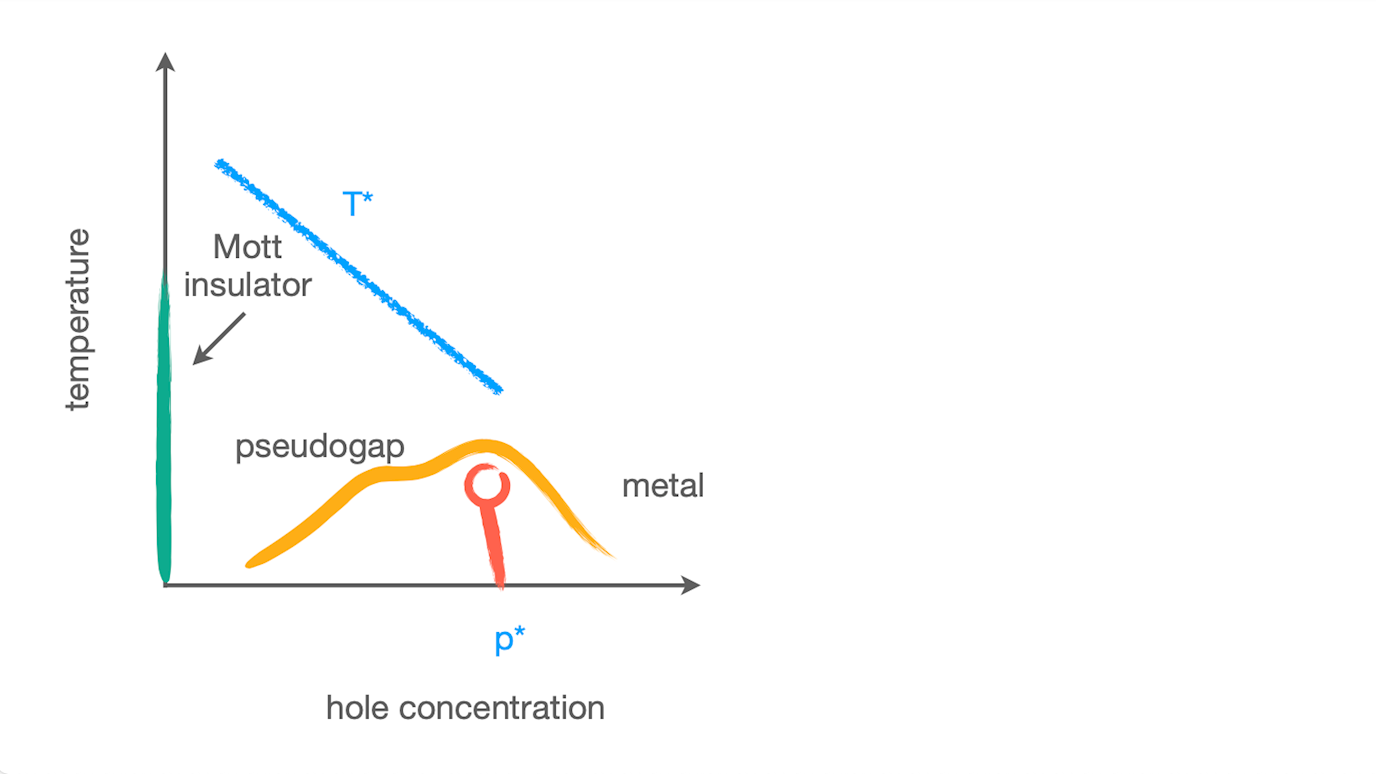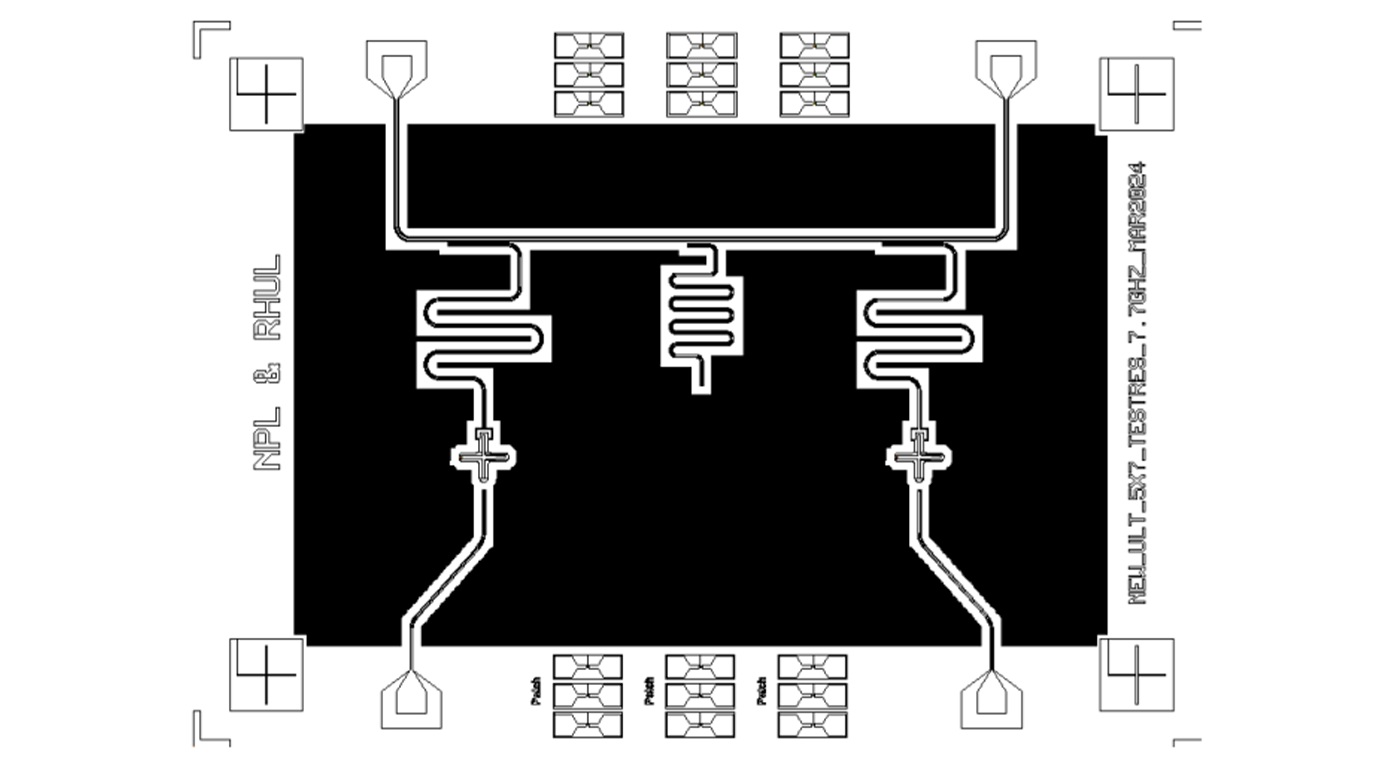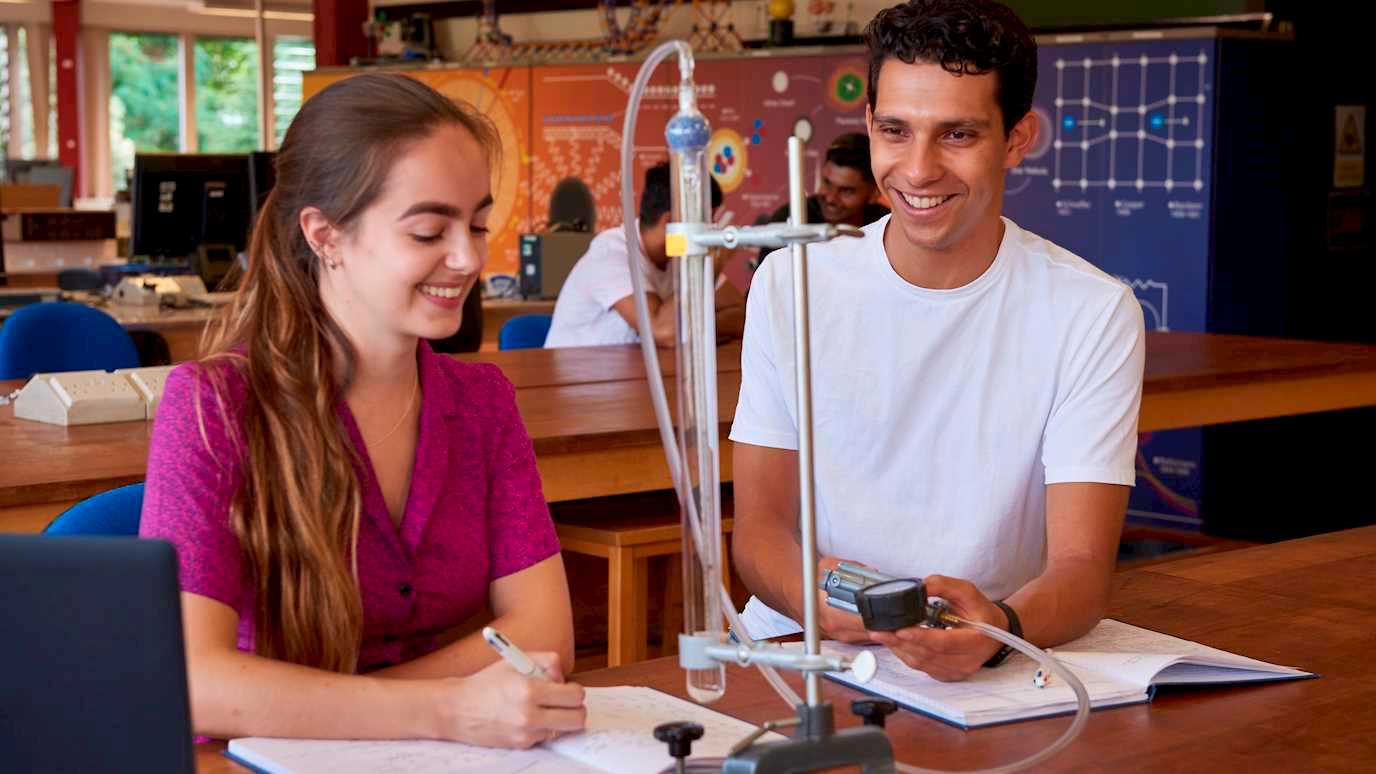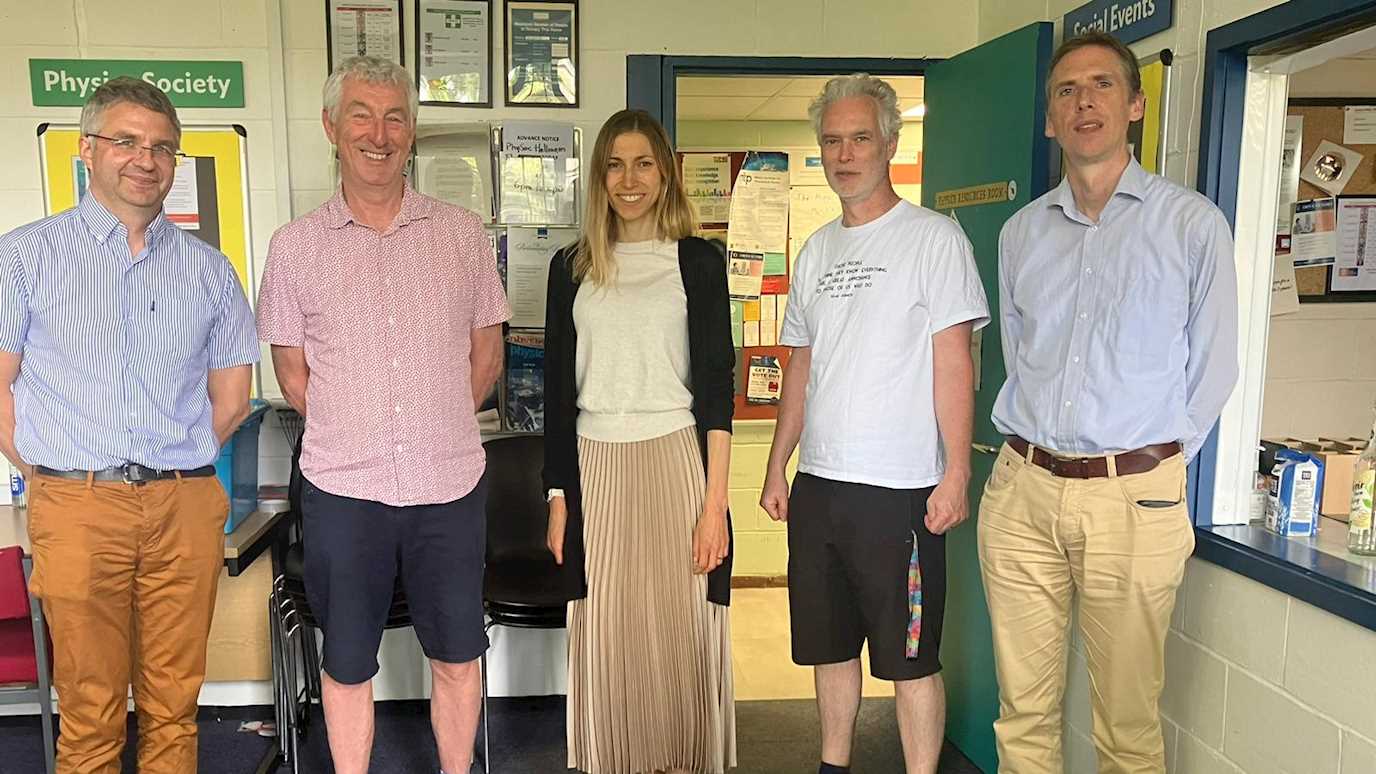Theoretical physicists predict sharp anomalies in the velocity of sounds where the pseudogap phase ends in cuprates.

Sketch of the phase diagram of cuprates emerging from the calculations carried out by the team.
Cuprates are high-temperature superconductors that offer great potential for future technologies. Yet, the open problems related to their behaviour makes them among the most puzzling materials. A main puzzle is that superconductivity emerges from an enigmatic phase, the so-called pseudogap, whose origin remains controversial.
Now, a team of theoretical physicists at Royal Holloway, Université de Sherbrooke, and Université du Québec à Trois-Rivières have proposed a novel theoretical prediction to identify an electronic transition where the pseudogap ends, below the superconducting state.
Using the prototypical model of interacting electron systems and large-scale state-of-the-art numerical simulations on high-performance supercomputers, the team has unveiled the existence of anomalies in the form of sharp dips in the velocity of sound and has explained their underlying microscopic mechanism.
Royal Holloway PhD student Caitlin Walsh, the first author of the article, says “Our prediction gives a decisive signature of a purely electronic transition hidden below the superconducting dome, which in turn may help to solve the fundamental question of the nature of the pseudogap phase, as it provides further evidence that the pseudogap arises from Mott physics and resulting short-range correlations”.
Recent advances in ultrasound techniques on correlated systems should enable the experimental testing of such prediction.
The research paper is available at Physical Review B.
























